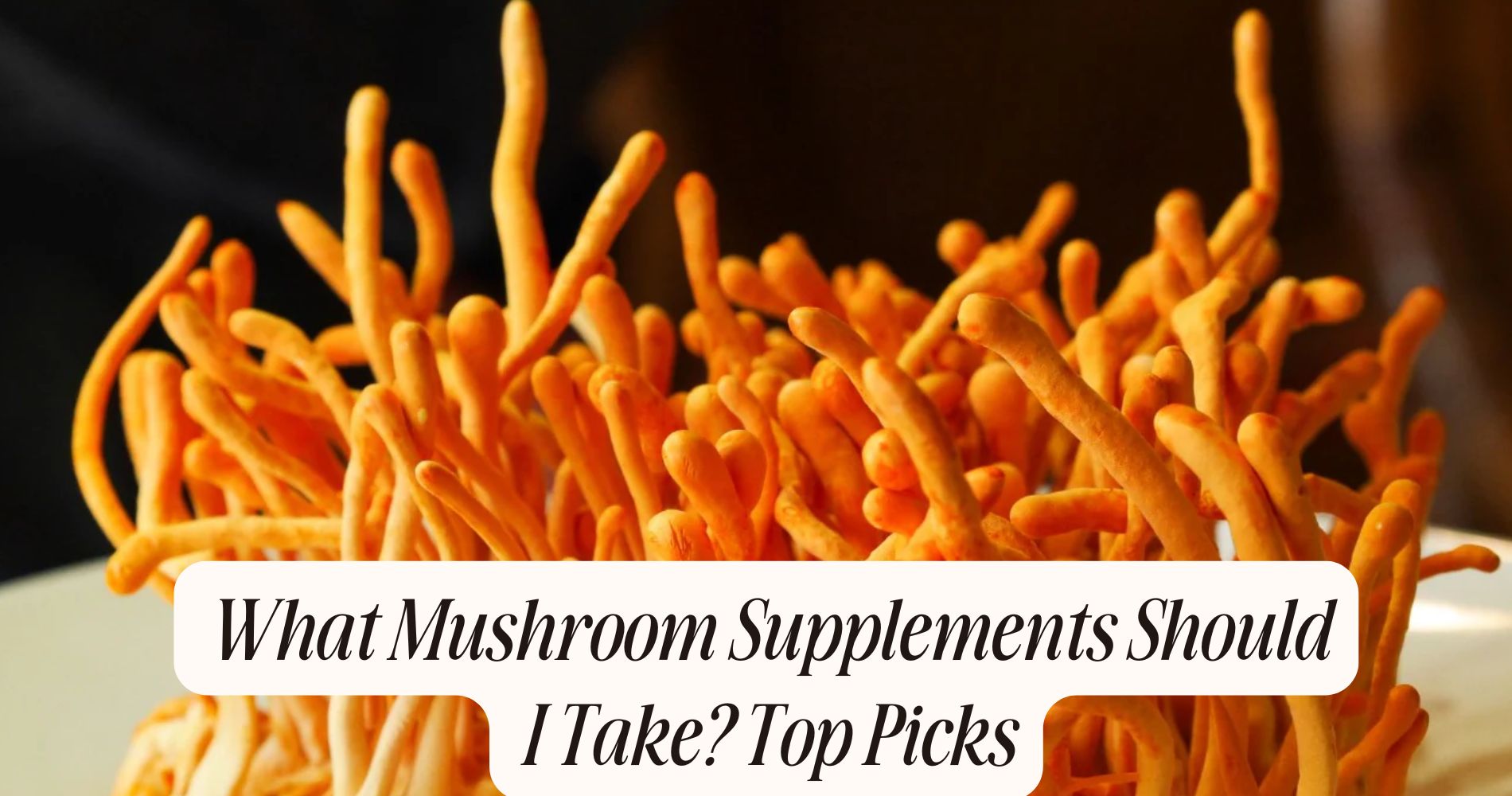
What Do Mushrooms Do to Your Brain? Shocking Insights
What do mushrooms do to your brain? When you consume psilocybin mushrooms, your brain rapidly rewires itself—psilocybin transforms into psilocin, activating serotonin 5-HT2A receptors and disrupting normal neural circuits. This leads to vivid visual distortions, altered time perception, and dramatic emotional shifts by increasing neuroplasticity and connectivity across brain networks. Functional MRI shows profound suppression of the default mode network, releasing new patterns of thought and sensation. Further exploration will reveal surprising therapeutic potential as well as essential safety considerations.
The Science Behind Mushroom Compounds
Although mushrooms have long been valued for their culinary and medicinal properties, modern research reveals that their bioactive compounds—such as psilocybin, ergothioneine, and beta-glucans—directly interact with neural pathways and receptors.
When you analyze advances in mushroom cultivation, you'll see that controlled environments optimize the production and isolation of these compounds, enabling precise study.

Mycological research employs chromatography, spectrometry, and in vitro neural assays to quantify how these molecules bind to receptor sites or modulate neurotransmitter activity.
For example, beta-glucans exhibit immunomodulatory effects that may influence neuroinflammation, while ergothioneine acts as a potent antioxidant within neural tissue.
How Psilocybin Alters Brain Activity
When psilocybin enters the body, it rapidly converts to psilocin, which acts as a potent agonist at serotonin 5-HT2A receptors in the brain.
You’ll observe that this interaction disrupts typical neural connectivity, especially within the default mode network (DMN), responsible for self-referential thought.
Functional MRI studies demonstrate that psilocin induces increased global connectivity while decreasing DMN activity, resulting in altered patterns of information processing.
These neurobiological effects don’t depend on the source—whether you obtain psilocybin through controlled mushroom cultivation or synthetic production, the pharmacodynamics remain consistent.
It’s crucial to take into account that legal regulations governing psilocybin research and use vary considerably, shaping both access and scientific study.
Understanding these mechanisms is foundational before you can analyze downstream cognitive and perceptual changes.
Changes in Perception and Sensory Processing
Because psilocybin fundamentally modifies neural connectivity, you'll notice profound alterations in perception and sensory processing during its acute effects.
Research indicates that psilocybin disrupts activity in the default mode network and increases communication between brain regions not normally linked. As a result, you may experience vivid visual hallucinations—patterns, colors, or objects that shift or intensify beyond ordinary reality. This occurs because visual cortices become hyperactive and less constrained by top-down control.
Additionally, your sense of time becomes markedly altered; seconds can feel like minutes or vice versa, reflecting psilocybin’s modulation of temporal processing networks. Auditory and tactile sensations may also seem amplified or distorted, further evidencing widespread sensory recalibration.
Altogether, these changes underscore psilocybin’s capacity to transform how you perceive and interpret your environment.
Emotional Effects: From Euphoria to Anxiety
Altered sensory processing doesn't just change how you interpret the world; it also profoundly influences your emotional state. When you consume mushrooms, psilocybin interacts with serotonin receptors, particularly 5-HT2A, leading to significant mood shifts.
These mood shifts can range from intense euphoria to episodes of anxiety, depending on individual neurochemistry and environmental context. Evidence indicates that positive emotional responses often correlate with supportive settings, while unfamiliar or chaotic environments can act as anxiety triggers.

Analytical studies highlight that the unpredictability of mood shifts may stem from disrupted connectivity within limbic and prefrontal brain regions. You might feel a sense of unity and joy, or conversely, experience acute discomfort and fear.
Recognizing these emotional fluctuations is essential for understanding the holistic psychological impact of mushrooms.
Mushrooms and Neuroplasticity
Although psilocybin’s immediate effects on perception and mood are well-documented, its influence extends deeper by modulating neuroplasticity—the brain’s ability to reorganize and form new neural connections. When you ingest psilocybin-containing mushrooms, research shows increased synaptogenesis and dendritic growth, particularly in regions like the prefrontal cortex.
This process enhances your brain’s adaptability, potentially supporting recovery from mood disorders. Studies using magnetic resonance imaging (MRI) confirm altered connectivity patterns post-exposure.
Advances in mushroom cultivation enable standardized dosing, which is essential for replicating these neuroplastic effects in clinical trials. Fungal taxonomy also plays a critical role, as only specific genera, such as Psilocybe, contain adequate concentrations of psychoactive tryptamines.
Impact on Creativity and Problem-Solving
While psilocybin mushrooms primarily modulate neural circuits involved in mood and perception, their impact on creativity and problem-solving has gained empirical attention.
When you ingest psilocybin, it disrupts ordinary patterns of connectivity in the brain, especially within the default mode network. This disruption can induce altered cognition, enabling novel associations between disparate concepts.
Studies using standardized creativity assessments show that you may experience enhanced divergent thinking during acute effects. Visual hallucinations—common under psilocybin—can further stimulate your imagination, providing unique sensory input that may fuel creative ideation.
Functional MRI data reveal increased connectivity between brain regions not typically synchronized, supporting cognitive flexibility. However, these effects are transient and context-dependent, requiring careful interpretation.
You shouldn't equate altered cognition with universally improved problem-solving ability.
Therapeutic Potential for Mental Health Disorders
Beyond their influence on cognition and creativity, psilocybin mushrooms have garnered research interest for their therapeutic applications in mental health disorders. You’ll find that clinical trials consistently report psilocybin’s efficacy in reducing symptoms of depression, anxiety, and post-traumatic stress disorder. These studies often employ rigorous controls, using standardized psychometric assessments to monitor changes in mood and cognition.

Microdosing research—where individuals consume sub-perceptual doses—suggests potential benefits, including mood stabilization and enhanced emotional regulation, though findings require further validation. Researchers hypothesize that psilocybin’s action on serotonin receptors, particularly 5-HT2A, underpins these effects by disrupting maladaptive neural circuits.
While clinical trials demonstrate promising outcomes, you should note that regulatory approval remains contingent on further evidence, robust safety data, and long-term follow-up analyses in diverse populations.
Short-Term Effects Versus Long-Term Changes
When examining psilocybin mushrooms’ impact on the brain, it’s essential to distinguish between their acute effects and the enduring neurobiological changes they may induce.
In the short term, psilocybin acts primarily on serotonin 5-HT2A receptors, resulting in altered perception, mood shifts, and occasionally, appetite stimulation. You may notice transient cognitive changes, but evidence for immediate memory enhancement remains limited and inconsistent across studies.
Over the longer term, repeated or therapeutic exposure can lead to neuroplastic adaptations, such as increased dendritic growth and synaptic connectivity, potentially facilitating more robust memory enhancement and persistent cognitive flexibility. However, these enduring changes depend on dose, frequency, and individual neurobiology.
Therefore, you must consider both immediate and lasting cerebral effects when evaluating the cognitive implications of psilocybin mushrooms.
Risks and Safety Considerations
Although psilocybin mushrooms demonstrate potential therapeutic benefits, you must rigorously assess their safety profile due to documented risks. Scientific literature highlights acute adverse effects, including anxiety, paranoia, and perceptual disturbances, particularly at high doses or without proper dosage guidelines.
There’s also a risk of hallucinogen persisting perception disorder (HPPD) and exacerbation of underlying psychiatric conditions. You should recognize that the absence of standardized dosage guidelines increases the likelihood of unpredictable reactions.
Additionally, legal issues present significant barriers—psilocybin remains a controlled substance in most jurisdictions, exposing you to potential legal consequences. Evaluating these risks requires weighing both pharmacological effects and sociocultural context.
Prioritize evidence-based harm reduction strategies, such as supervised administration and mental health screening, to mitigate adverse outcomes and ensure responsible use.
Brain-Boosting Made Delicious
Curious about unlocking the cognitive benefits of mushrooms without the hassle of cooking or capsules? SUPER MUSHROOM GUMMIES by Well Gummies pack 10 powerful mushroom types into a tasty, chewable form that fits right into your daily routine. Designed to fuel your brain and energize your body, these vegan-friendly gummies promote sharper focus, calmer energy, and immune support—without the jitters or crash. With a fresh wild berry flavor that rivals your favorite candy, it’s never been easier to support a balanced body and a clear mind.
Frequently Asked Questions
Are Mushrooms Addictive or Habit-Forming?
You won't typically develop physical addiction to mushrooms, as evidence shows low habit-forming potential. However, legal implications vary globally, and cultural perceptions influence use. Psychological dependence can occur, but it's less common than with other substances, according to research.
Can You Build a Tolerance to Psilocybin Mushrooms?
You can build a tolerance to psilocybin mushrooms, especially with repeated use and higher dosage variations. Evidence shows tolerance develops rapidly, reducing psychoactive effects and potentially altering long term impacts on serotonin receptors and neuroplasticity with sustained exposure.
Do All Mushrooms Have Psychoactive Effects?
You shouldn't assume all mushroom varieties possess psychedelic properties. Only specific species, like Psilocybe cubensis, contain psychoactive compounds. Most mushrooms lack these effects, so scientific evidence confirms that psychoactivity is limited to certain, well-characterized mushroom varieties.
How Long Do Mushrooms Stay in Your System?
You should consider both metabolic processing and detection time when evaluating how long mushrooms stay in your system. Typically, psilocybin metabolites are detectable in urine for up to 24 hours, although individual metabolic rates can alter this timeframe.
Are Mushroom Effects Different Between Men and Women?
You may experience mushroom effects differently based on hormonal differences, which can influence emotional responses and brain chemistry. Research indicates men and women can have distinct subjective reactions, but individual variability often outweighs consistent gender-based differences in outcomes.
Conclusion
When you consume psychedelic mushrooms, you're introducing compounds like psilocybin that directly alter neural connectivity, particularly in the default mode network. Evidence shows this leads to shifts in perception, emotional modulation, and enhanced neuroplasticity. While these changes can contribute to creative thinking and offer therapeutic benefits for conditions like depression, you'll also face risks, including anxiety and potential for misuse. Ultimately, mushrooms' effects on your brain are complex, warranting careful consideration and further research for safe application.




